

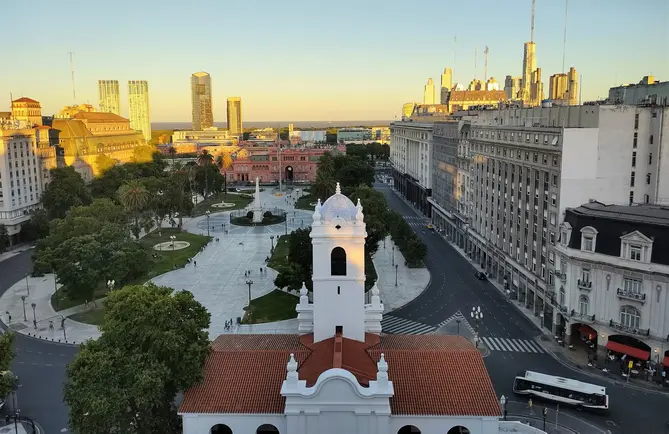
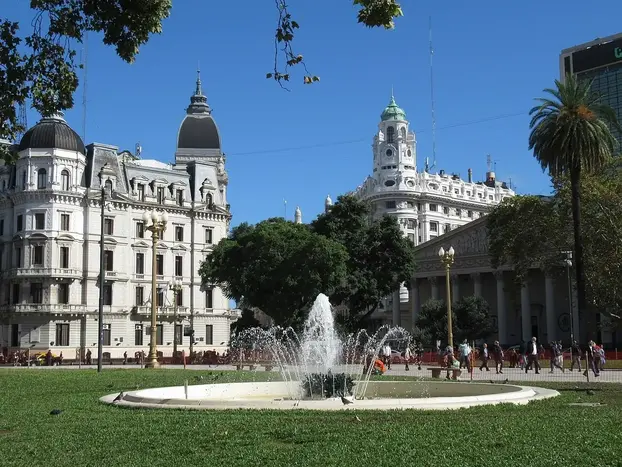
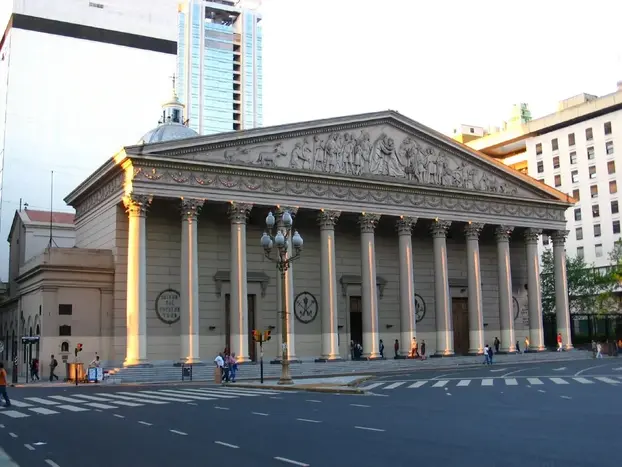
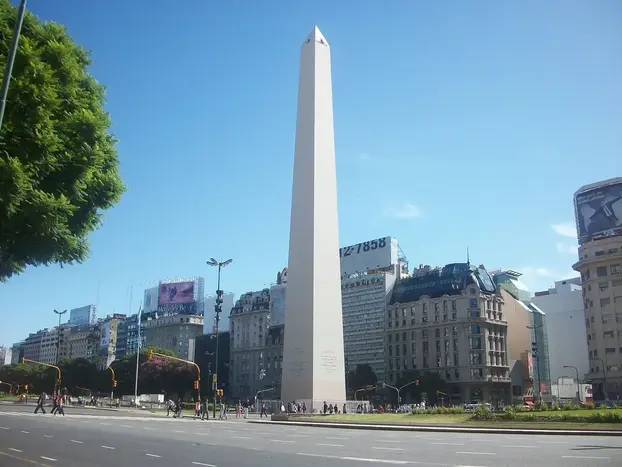


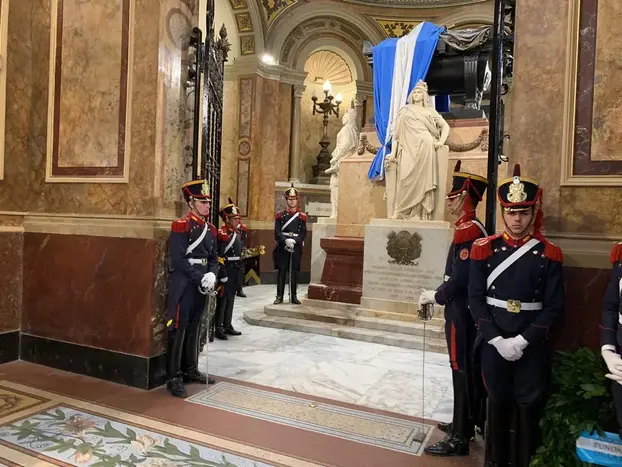
The Paris of South America! Icons, history and myths of Buenos Aires. Free Tour.

Tour description
On this free tour we will visit several iconic spots in the beautiful city of Buenos Aires , the so-called Paris of South America. Through these places I will tell you a little about the history of this great city.
First we will see the imposing Obelisk , the one photographed by all those who come to visit us, its history and why it was resisted by the people of Buenos Aires. We will also talk about one of the widest avenues in the world, Avenida 9 de Julio , our park avenue .
Then we will walk along Corrientes Avenue , our Broadway , the center of Buenos Aires theater, where we will see several iconic theaters and talk about the culture of the city, then we will go through the Florida pedestrian street, with all its businesses and with a stop at the Güemes Gallery , the great gallery of Buenos Aires and where an emblematic character of our city lived.
We will then pass through the city's financial center and arrive at Avenida de Mayo, the oldest avenue in the city. We will see classic buildings on this emblematic avenue as well as the iconic Pasaje Roverano. We will also see the Perú subway station, where the first subway line in Latin America is located.
The next step will be Plaza de Mayo , the heart of our city, with the Casa Rosada, the Buenos Aires Cathedral with the mausoleum of José de San Martín, the Cabildo and all the history of this mythical square.
We will finish in Puerto Madero , the newest neighborhood in Buenos Aires, where we will see a bit of its history: the port that could have been and was not. We will finish the tour at the Puente de la Mujer .
You can't miss this free tour where in 3 hours we will show you the most relevant parts of this beautiful city.
What will we see on this tour?








